Main Navigation Menu
© 2025 Tech Jacks Soutions, All Rights Reserved
© 2025 Tech Jacks Soutions, All Rights Reserved
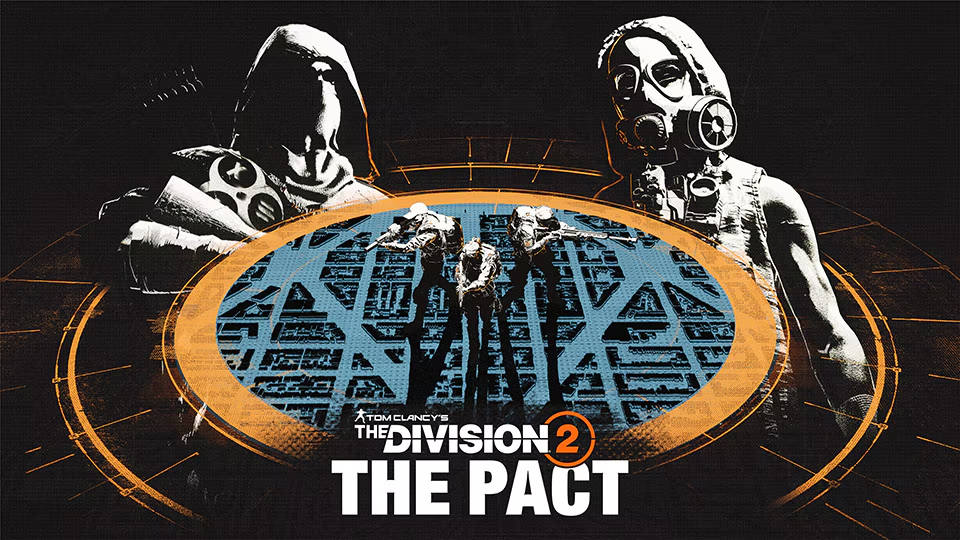
The Division 2 fan kit problems began when Ubisoft’s September 16th announcement of The Pact fan kit triggered an immediate community backlash that exposed years of accumulated frustration with the game’s ongoing issues. Ubisoft released a new fan kit for the latest update of Tom Clancy’s The Division 2, The Pact, and players are… well, anything but celebrating it. The replies box immediately descended into a pure rage fest. Like, the moment the tweet was posted The Division 2’s The Pact Fan Kit Drops With Major Gamer Backlash | Happy Gamer.
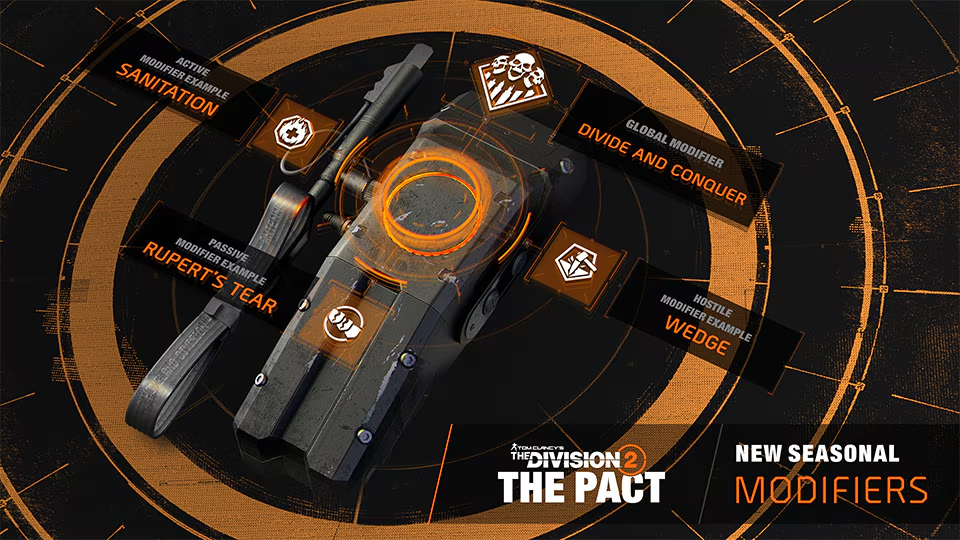
So, what’s really in the fan kit? Usually, wallpapers, concept art, logos, maybe some social media assets for content creators and superfans to use. At least that’s supposed to be in there. Judging from the reaction, it’s as if a patch was released to de-gear everybody. The promotional materials that should have generated community excitement instead became lightning rods for The Division 2 fan kit problems that had been building for months.
The official Division Twitter account announced the fan kit deployment with promotional messaging, apparently oblivious to the community powder keg they were igniting. The contrast between corporate enthusiasm and player frustration perfectly encapsulates how The Division 2 fan kit problems reflect Ubisoft’s disconnect from its own community.
The community reacted less than “hey, thanks for the cool stuff” and a lot more than “can you please fix the actual game??.” Immediately after its announcement, players aired their complaints about loud. The fan kit became a proxy battleground for broader concerns about game quality, which highlights why The Division 2 fan kit problems represent a systemic developer neglect.
The promotional timing reveals Ubisoft’s tone-deaf approach to community management. When players desperately need bug fixes and quality improvements, marketing departments deploy cosmetic content packages that highlight corporate priorities over player experience.
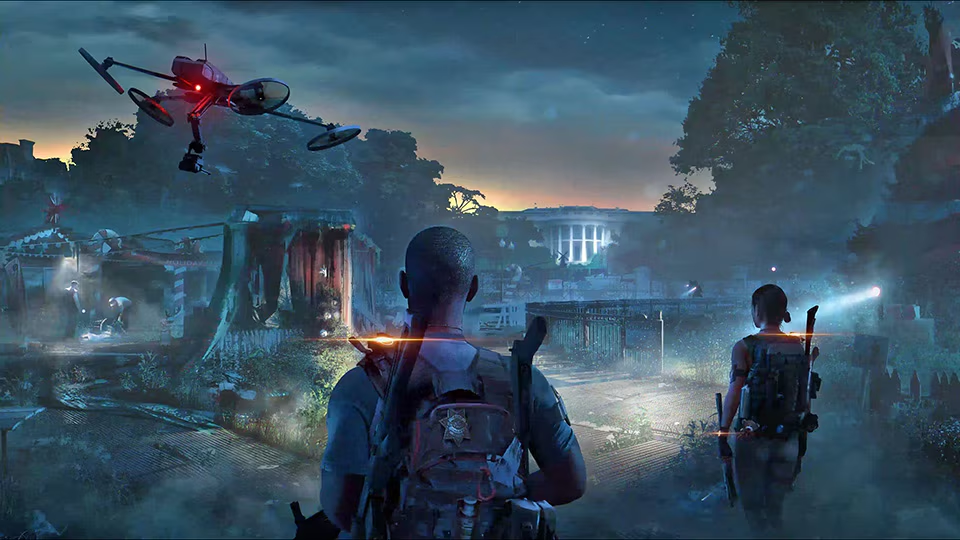
The real sauce came from the PvP community. ToOdAmEEzZ swung in with some glorious sarcasm: “Can’t wait to try out the new we abandoned the pvp community kit.” Ouch. That must have stung a bit. The PvP side of The Division 2, feeling a little forgotten, is no secret, and this made for a prime opportunity for players to remind the devs about that.
The PvP abandonment represents The Division 2 fan kit problems in microcosms: Ubisoft promotes superficial content while neglecting core gameplay systems that define player experience. PvP players invested years building skills and communities only to receive diminishing support and attention from developers.
The sarcastic community response reveals a sophisticated understanding of corporate priorities. Players recognize fan kits as marketing exercises rather than genuine community support, especially when fundamental game modes receive minimal development resources. These The Division 2 fan kit problems expose how promotional materials become insults when core systems remain broken.
The PvP community’s frustration extends beyond neglect to active deterioration. Balance issues, cheating problems, and content droughts create systematic erosion of competitive gameplay that cosmetic marketing cannot address.
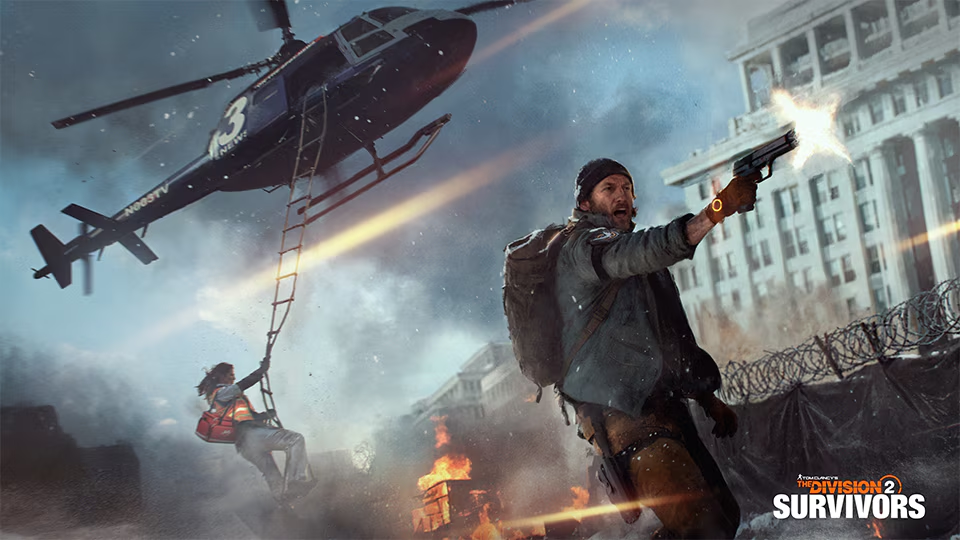
There were several comments about missing Twitch drops from the Payday event, specifically on the PS5. EllisDee789 says that they’re still waiting for theirs, while Phoenix__Replays says to submit a support ticket because his squad got theirs . The Twitch drops problems compound The Division 2 fan kit problems by demonstrating systematic platform integration failures that affect real player rewards.
The missing rewards issue highlights Ubisoft’s inability to execute basic promotional partnerships, despite simultaneously announcing new marketing materials. Players invest time watching streams for promised rewards, only to receive broken delivery systems and bureaucratic customer service. These technical failures amplify The Division 2 fan kit problems by proving the company cannot deliver on existing promises while making new promotional announcements.
The platform-specific problems on PS5 suggest technical integration issues that Ubisoft either cannot or will not resolve efficiently. When promotional partnerships fail to deliver promised rewards, the marketing exercises become customer satisfaction disasters rather than engagement builders.
The support ticket responses reveal systematic customer service problems. Individual players must navigate bureaucratic processes to receive promotional items that the system should have delivered automatically.

Another player simply demanded that the rain and fog effects be removed. And, okay, sure. Weather in D.C. can get just a bit much sometimes. Another fellow chimed in with some great advice, “Stay inside during the rain, broda.” Problem solved? Not really. The weather complaints represent deeper frustrations with game systems that prioritize visual effects over gameplay convenience, contributing to The Division 2 fan kit problems.
The rain and fog effects exemplify how The Division 2’s environmental design creates obstacles rather than enhancement for player experience. When atmospheric effects interfere with core gameplay mechanics, they become sources of irritation rather than immersion, adding to players’ accumulated frustrations.
The community responses reveal understanding that weather complaints represent broader design philosophy problems. Players want functional gaming experiences over cinematic environmental effects that hinder objective completion and navigation.
The dismissive community responses indicate resigned acceptance of Ubisoft’s unwillingness to address quality-of-life concerns that affect daily gameplay routines.
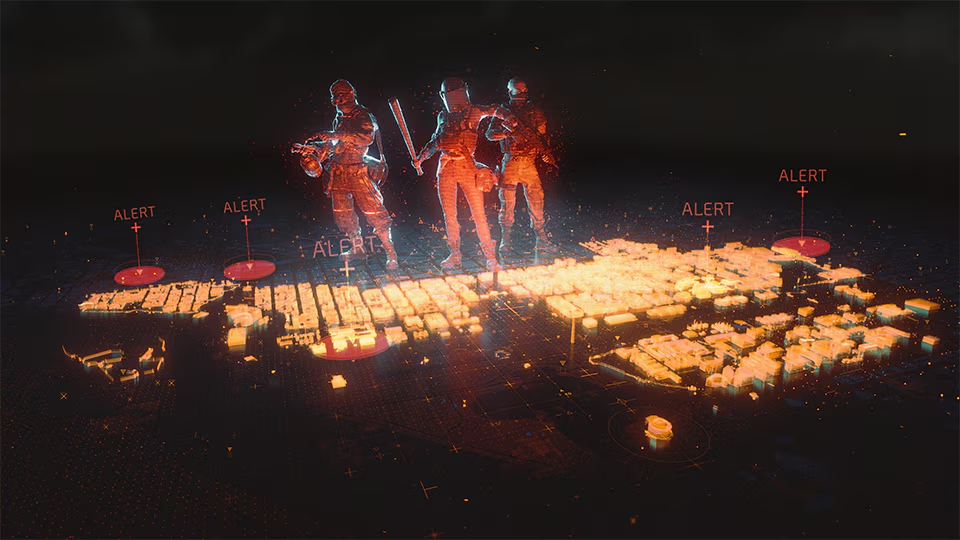
The Division 2 fan kit problems exist within the broader context of Ubisoft’s complicated relationship with community creativity. The company maintains strict trademark enforcement while simultaneously promoting official fan materials that serve marketing rather than creative purposes.
Ubisoft’s approach to fan projects creates tension between community creative expression and corporate control. While official fan kits provide sanitized promotional materials, independent fan projects face potential legal challenges that stifle genuine community innovation, creating additional The Division 2 fan kit problems around creative freedom.
The controlled distribution of official assets through fan kits represents corporate attempt to channel community creativity toward promotional goals rather than supporting independent artistic expression.
This dynamic creates artificial scarcity around creative materials while positioning Ubisoft as a generous benefactor for providing basic promotional assets that other companies distribute freely.
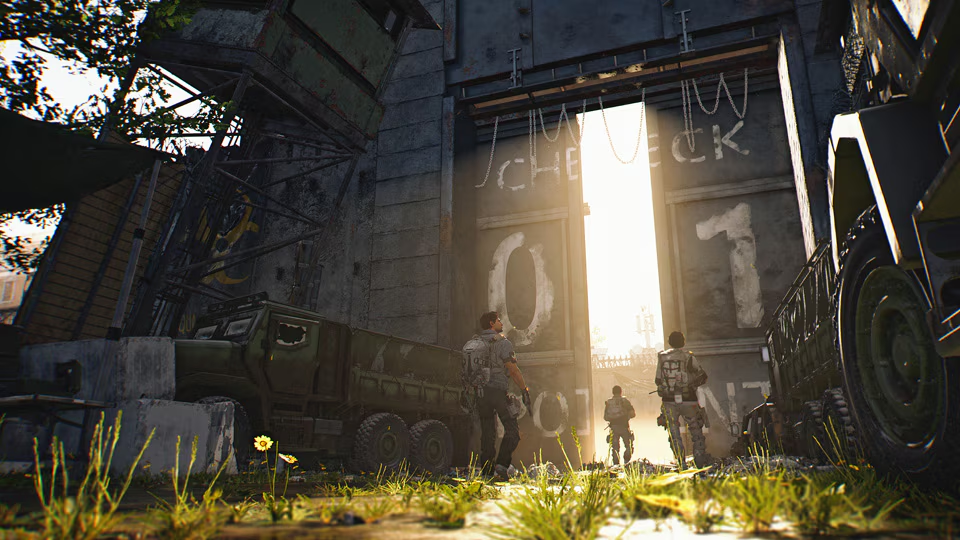
This is a classic case of users just venting their genuine concerns about the state of the game on any platform they can find. Perhaps The Pact update knocked some fresh content into the mix, but seemingly at least, it also raised (or maybe just shed an old light on) some old frustrations.
The fan kit announcement became a catalyst for accumulated grievances because it represented everything wrong with Ubisoft’s community approach: superficial engagement, marketing priorities over quality improvements, and tone-deaf timing that ignores player concerns. These elements combine to create The Division 2 fan kit problems that extend far beyond promotional materials.
The Division 2 still stands tall as a hugely popular game, its loyal player base at present already represented well by the reply section to the tweet. The players want more fixes, quality-of-life improvements, and more press about existing issues rather than more wallpaper.
The community revolt reveals a sophisticated understanding of corporate priorities and the allocation of marketing versus development resources. Players correctly identify fan kits as low-effort promotional materials that divert attention from expensive technical improvements.
The immediate response timing shows community vigilance and readiness to voice frustrations when provided with appropriate platforms. Social media engagement becomes a protest vehicle when traditional feedback channels prove ineffective.
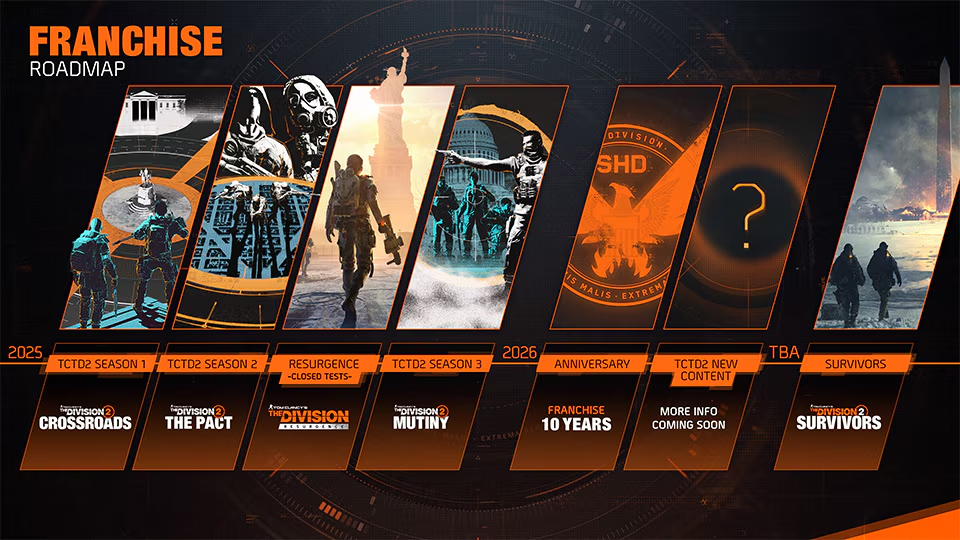
The fan kit controversy connects to broader patterns of community dissatisfaction with The Division 2’s development direction. Year 6 changes introduced modifications that many players viewed as unnecessary complications rather than improvements, creating foundation for The Division 2 fan kit problems to flourish.
The community’s immediate negative response to promotional announcements reflects accumulated skepticism about Ubisoft’s development priorities and decision-making processes. Trust erosion creates environments where even positive announcements generate hostile reactions.
The pattern suggests systematic communication failures where development teams announce changes without adequately addressing community concerns or explaining rationale behind modifications.
This creates cycles where each new announcement faces heightened scrutiny and skepticism based on previous disappointments rather than current content evaluation.
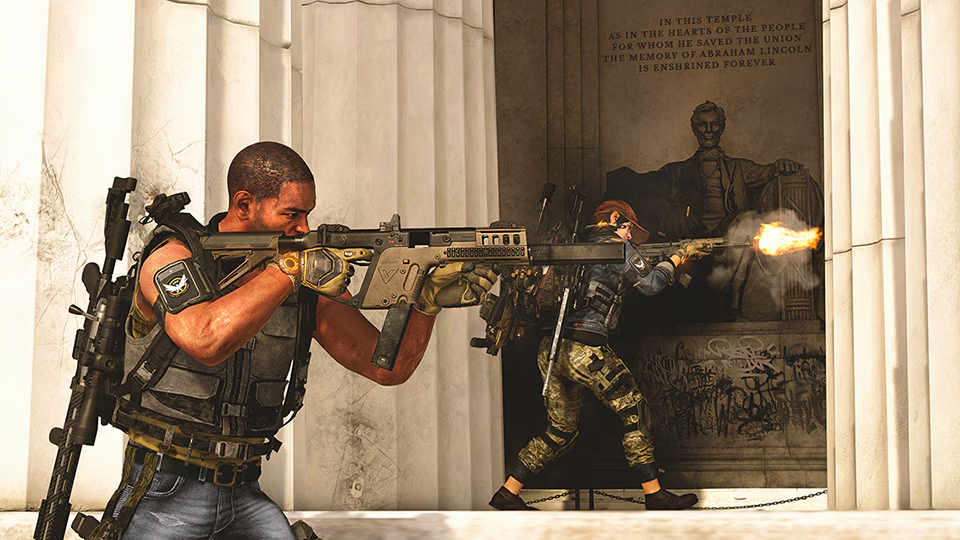
Meanwhile, somewhere else on Twitter, yet a few other users fought it over… $10? Pre-ordering? It got wildly personal and completely off-topic, as Twitter arguments tend to do so. One jet of sass from Josean Rodriguez for Code Mustard for all of Code Mustard’s bickering over $10 for three months straight.
The internal community conflicts reveal how The Division 2 fan kit problems extend beyond Ubisoft relationships to player-versus-player arguments about spending and support. When communities feel abandoned by developers, internal tensions escalate over loyalty and financial support decisions.
The personal arguments over minor financial amounts reveal an emotional investment in franchise success, coupled with frustration about the development direction. Players argue about supporting Ubisoft because they care about The Division’s future, while disagreeing about effective pressure tactics.
These conflicts show community fragmentation, where shared frustrations manifest as disagreements about response strategies rather than unified pressure for improvements.
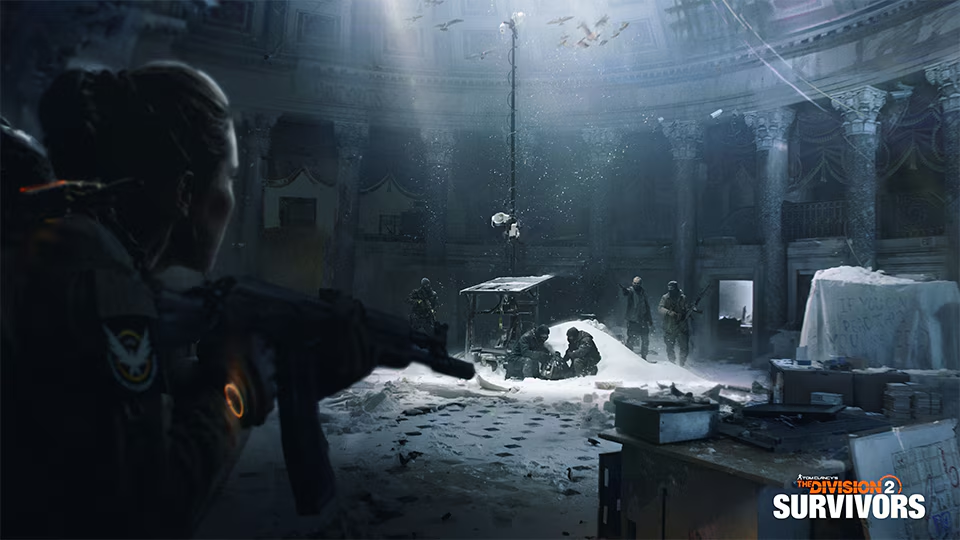
Ubisoft’s response to The Division 2 fan kit problems follows established patterns of corporate silence when community criticism emerges. Rather than engaging with specific complaints, the company continues promotional messaging while ignoring substantive feedback.
The strategy assumes community anger will dissipate without acknowledgment, allowing marketing schedules to proceed unchanged. This approach prioritizes corporate messaging control over community relationship management, ensuring The Division 2 fan kit problems persist without resolution.
The silence strategy backfires by amplifying the perception of corporate indifference while providing no resolution pathways for legitimate technical and design concerns.
When companies ignore community feedback about promotional content reception, they signal that marketing goals supersede customer satisfaction considerations.
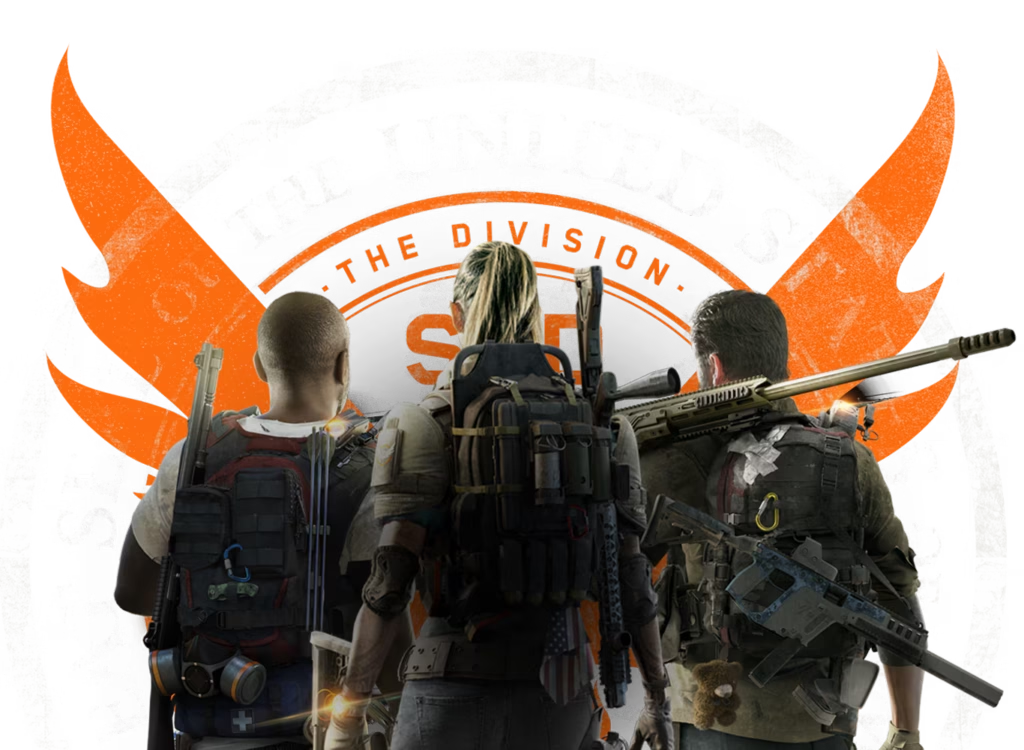
The Division 2 fan kit problems represent the perfect microcosm of modern gaming corporate dysfunction: tone-deaf marketing deployed while ignoring fundamental quality issues that drive community frustration. Ubisoft’s promotional materials become lightning rods for accumulated anger about systematic neglect of core gameplay systems.
The immediate backlash reveals a sophisticated understanding of corporate priorities and resource allocation within the community. Players correctly identify fan kits as low-effort promotional exercises that divert attention from expensive technical improvements and quality-of-life enhancements they desperately need.
The PvP community abandonment exemplifies how The Division 2 fan kit problems reflect broader patterns of feature neglect. When entire gameplay modes receive diminishing support, promotional announcements become more like insults than opportunities for engagement.
The Twitch drops failures compound promotional disasters by demonstrating Ubisoft’s inability to execute basic platform partnerships while announcing new marketing materials. Technical integration problems damage customer relationships while corporate marketing departments remain oblivious to implementation failures.
The weather system complaints and broader gameplay frustrations show systematic design philosophy problems where visual effects priority overrides functional gaming experiences. Players want reliable mechanics over cinematic environmental features that interfere with objective completion.
The community revolt’s immediate intensity shows years of accumulated trust erosion, where even positive announcements face hostile reception. Ubisoft’s communication failures create environments where promotional content generates criticism rather than enthusiasm.
The internal community conflicts about spending and support reveal fragmentation caused by developer abandonment. When players feel ignored by companies, frustrations manifest as arguments about effective pressure tactics rather than unified improvement demands.
Ubisoft’s strategic silence in response to criticism amplifies the perception of corporate indifference while providing no resolution pathways for legitimate concerns. The company prioritizes marketing message control over community relationship management, ensuring continued deterioration of player trust.
Innovative gaming companies should recognize The Division 2 fan kit problems as a cautionary tale about marketing without substance. Promotional materials cannot substitute for quality improvements, and tone-deaf timing transforms positive announcements into public relations disasters.
The Division 2’s community deserves better than cosmetic promotional packages while fundamental game systems languish without attention. Ubisoft’s approach shows how corporate priorities can harm long-term franchise health by prioritizing short-term marketing goals over player satisfaction.
